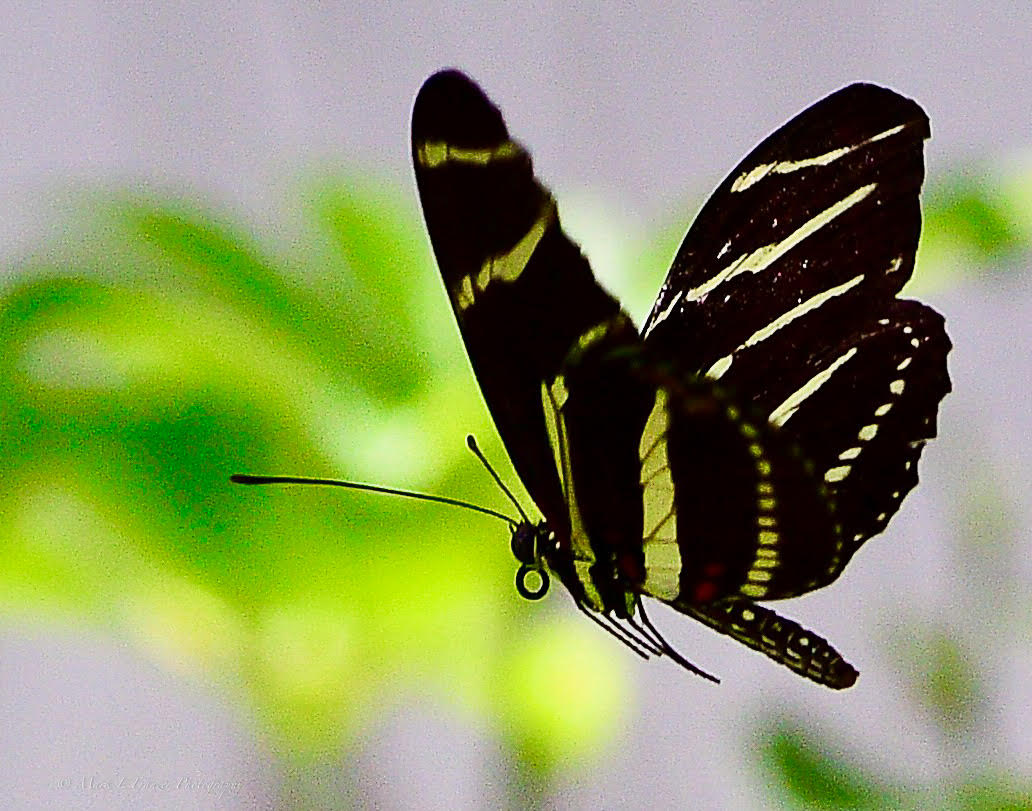
Unlike most butterflies that sip on nectar or fruit for quick energy, the zebra butterfly has a unique appetite—it feeds on protein-rich pollen. This high-nutrient diet gives it a major advantage, allowing it to lay more eggs and live significantly longer than most other butterfly species, which typically survive only two to four weeks.
But that’s not the only extraordinary trait of this butterfly. Zebra butterflies have excellent memories, enabling them to recall the best feeding spots and return to them time and time again. Their survival strategy starts even earlier in life—as caterpillars, they feast on the toxic leaves of the passion flower, absorbing its harmful compounds without harm. This makes both the caterpillar and adult butterfly poisonous to predators. Their striking white or yellow stripes serve as a clear warning: “Eat me at your own risk.”

Another fascinating behavior is their love of communal roosting. Instead of settling alone for the night, zebra butterflies gather in groups of up to 30, forming a structured hierarchy. The oldest butterflies claim the best sleeping spots, while younger ones cluster around them. Come morning, the elders even give their younger companions a nudge to get moving—a rare display of social behavior in the butterfly world.
Found in humid tropical and subtropical regions, the zebra butterfly stands out as a brilliant example of adaptation, memory,






